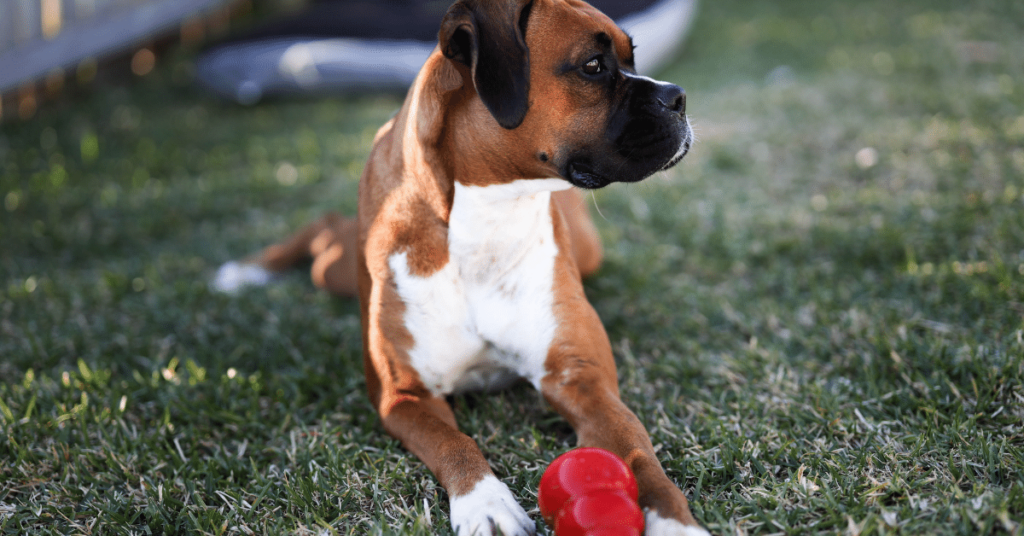Introduction
If you have a shy or fearful dog, you know how challenging it can be to help them feel more confident. Dogs can develop these traits due to various reasons such as genetics, lack of socialization, or past traumatic experiences. However, with patience, understanding, and the right approach, you can assist your furry friend in overcoming their fears and building their confidence. In this article, we will explore the importance of gradual exposure and positive reinforcement in the process.
Understanding Shyness and Fear in Dogs
Shyness and fear are common emotions experienced by dogs. Shy dogs tend to withdraw from unfamiliar situations or people, while fearful dogs can display more obvious signs of anxiety and stress, such as trembling, cowering, or even aggression. It’s crucial to differentiate between shyness and fear to tailor your approach to your dog’s specific needs.
The Power of Gradual Exposure
Gradual exposure is a technique that involves gradually introducing your shy or fearful dog to the people, environments, and stimuli that cause them anxiety. This method allows your dog to gradually acclimate and build confidence over time. Here are the key steps to implementing gradual exposure:
1. Create a Safe Space
Begin by creating a designated safe space for your dog, such as a comfortable crate or a quiet room. This space should be their haven, where they can retreat when feeling overwhelmed or scared. Make sure the safe space is filled with familiar and comforting items, like their bed, toys, and blankets.
2. Start with Baby Steps
Start by exposing your dog to low-level triggers that cause mild anxiety. For example, if your dog is fearful of strangers, begin by having a close friend or family member they are somewhat familiar with visit your home. Keep the interactions short, positive, and reward-based. Gradually increase the exposure by inviting more people over time.
3. Positive Reinforcement
Positive reinforcement is a powerful tool in building your dog’s confidence. Praise, treats, and rewards should be used to reinforce behaviors that show even the slightest signs of confidence or relaxation. For instance, if your dog approaches a stranger without displaying fear, reward them with praise and a treat. This positive association will help them associate unfamiliar situations with positive outcomes.
4. Controlled Socialization
Socialization is crucial for shy or fearful dogs, but it should be done in a controlled and positive manner. Consider enrolling your dog in a positive reinforcement-based training class or organizing controlled playdates with well-behaved and calm dogs. Monitor the interactions closely, and provide treats and praise for any positive behavior displayed.
5. Patience and Consistency
Building confidence in your dog is a process that takes time, patience, and consistency. It’s essential to celebrate even small victories and not rush the progress. Each dog is unique, and their journey towards confidence may have ups and downs. Be understanding and supportive throughout the process.
Understanding Positive Reinforcement
Positive reinforcement is a training method that rewards desired behavior, encouraging dogs to repeat those behaviors in the future. It involves the use of treats, verbal praise, toys, and other rewards to reinforce positive actions. Positive reinforcement can enhance your dog’s confidence by associating unfamiliar situations with positive outcomes. Here are some key points to consider:
1. Timing is Key
Deliver the rewards immediately after your dog displays the desired behavior. For example, if you want your dog to approach a new person, give them a treat as soon as they take a step in the right direction. This immediate reinforcement helps them make the connection between the behavior and the reward.
2. Consistency and Predictability
Consistency is crucial in positive reinforcement training. Use the same command or cue consistently and ensure that everyone interacting with your dog is on the same page regarding the desired behaviors and rewards. Dogs thrive in predictable environments, and this consistency will aid in their learning process.
3. Find the Right Rewards
Experiment with different types of rewards to determine what motivates and encourages your dog the most. Some dogs are motivated by food treats, while others may prefer verbal praise or playtime with a favorite toy. Discover what works best for your dog and use it as a powerful tool in building their confidence.
4. Avoid Punishment
Negative reinforcement or punishment-based training can have detrimental effects on a shy or fearful dog. Avoid scolding, yelling, or physical punishments, as they can further reinforce anxiety and fear. Focus on positive reinforcement instead, which builds trust and creates a positive association with new experiences.
Summary
Building confidence in shy or fearful dogs requires time, patience, and a tailored approach. Gradual exposure, positive reinforcement, and controlled socialization are powerful techniques to help your dog overcome their fears and become more confident. Remember to create a safe space, celebrate small victories, and be consistent in your training efforts. With your love and support, your shy or fearful dog can transform into a more confident and happy companion.







